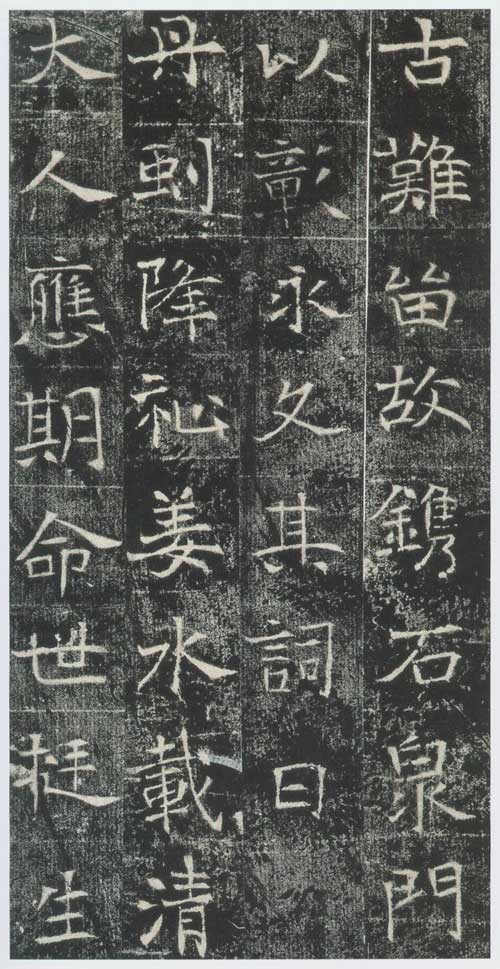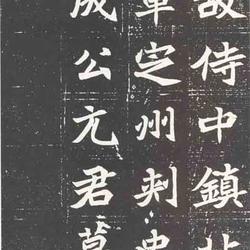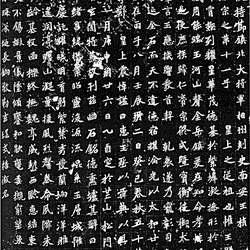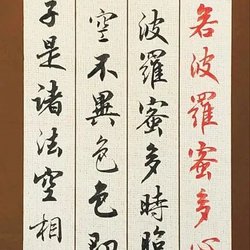

The full name of "Gao Zhan's Epitaph" is "The Epitaph of Gao Gong, the governor of Qizhou, the general who supervised the armies of Qizhou during the holidays of Wei". It was inscribed in October of the second year of Yuanxiang in the Eastern Wei Dynasty (539 AD), and was engraved in the 14th year of Qianlong's reign in the Qing Dynasty (1 AD). .749) This stone was found when the bank of the canal collapsed in Dezhou, Shandong. 25 lines of regular script, 27 characters in each line. The calligraphy is strong and elegant, the characters are square and flat, and the brushstrokes are elegant and subtle. Yang Shoujing rated it as neat and tidy, saying that "Chu Henan seems to have emerged from this time" (Volume 2 of "Fei Qing Pavilion Commentary on Steles"). Kang Youwei's "Guangyizhou Shuangji" lists this record together with "Diao Zun's Epitaph" and so on, saying that "Diao Zun is the sect of Xuhe Yuanjing, supplemented by Gao Zhan and Liu Yi". This aspiration was assigned to Dezhou and was awarded a great title. It is as famous as the "Gaoqing Stele" and "Gaozhen Stele" in the Northern Wei Dynasty, and is collectively known as the "Three Highs of Dezhou". Zhao Wanli's "Anthology of Epitaphs of the Han, Wei, Southern and Northern Dynasties" is abbreviated and compiled. There is a reprint.
What is included here is a book collected by the National Library of China, with a white seal of "Jia's Jinshi" on it, and later inscriptions by Wu Rongguang, Wang Mingxiang, Hu Renyi and others. According to Fang Ruo and Wang Zhuanghong's "Essays on the School Stele", there were few characters that were damaged when this Zhi was unearthed. The characters "Wei" and "Xia Liu" in the first line of the initial rubbing were not damaged, but more and more characters were damaged later. This copy conforms to the characteristics of an initial rubbing, and is better than what the author has seen such as Sha Menghai's "Illustrated Records of the History of Chinese Calligraphy" and Pan Boying's "A Brief Introduction to Chinese Calligraphy" with accompanying drawings (the latter may be in the collection of the Shanghai Library). It is missing. Less, too. Moreover, most of what I have seen in the past is partial and there is no single book. This publication fills the gap in this aspect, which is a great pleasure for the scholarly community. (Text/Chen Genmin)




















